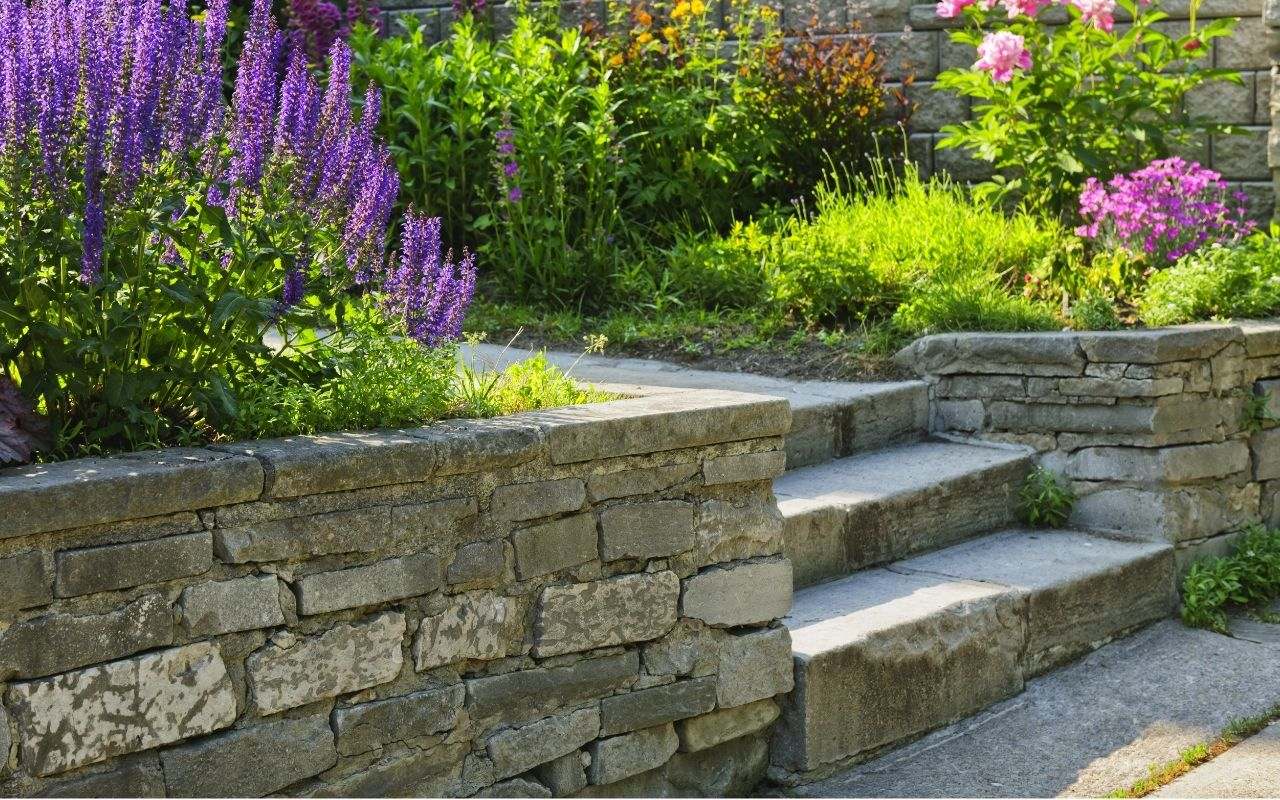
Retaining wall installation requires precision and the right techniques to ensure long-term stability. Whether you’re a homeowner or contractor, following best practices helps prevent erosion and enhances landscaping. Explore these retaining wall installation tips for a secure, durable, and visually appealing result.
Preparation Tips for Retaining Wall Installation
Assess Your Site
Proper site assessment ensures your retaining wall meets the area’s unique needs.
- Identify drainage requirements to prevent water buildup.
- Evaluate soil type to determine the wall’s foundation.
- Measure the slope and decide the wall height accordingly.
Choose the Right Materials
The material selection impacts the wall’s strength and appearance.
- Opt for durable options like concrete blocks, natural stone, or reinforced concrete.
- Match the material to your landscaping style for a cohesive look.
- Consider local weather conditions when choosing materials.
Plan for Drainage
Drainage plays a critical role in retaining wall longevity.
- Add gravel or crushed stone behind the wall for proper water flow.
- Install drainage pipes to direct water away from the structure.
- Prevent hydrostatic pressure that could compromise the wall’s stability.
Installation Techniques for a Secure Retaining Wall
Prepare the Foundation
A strong foundation ensures stability and prevents future issues.
- Excavate the site and level the base.
- Add a layer of compacted gravel for a sturdy footing.
- Ensure the first row of blocks is perfectly aligned.
Build in Layers
Constructing the wall in layers ensures a secure build.
- Offset blocks for better interlocking and stability.
- Use a level to maintain consistency as you build.
- Backfill each layer with gravel to reinforce the structure.
Reinforce for Strength
Reinforcement is essential for walls supporting heavy loads or steep slopes.
- Add geogrid reinforcement for added stability.
- Use anchors or rods for tall walls requiring extra support.
- Follow manufacturer guidelines for proper reinforcement techniques.
Common Installation Mistakes to Avoid
Skipping Drainage Systems
Failing to account for drainage leads to water buildup and wall failure.
Uneven Foundation
An uneven base compromises the wall’s alignment and stability.
Ignoring Soil Conditions
Poor soil preparation can weaken the retaining wall’s foundation.
Build Your Retaining Wall with Confidence
Retaining wall installation is an investment in your property’s safety and aesthetics. By assessing your site, choosing the right materials, and following proper techniques, you can ensure a durable and visually appealing result. Contact us today for expert guidance on your retaining wall project and achieve flawless results!
